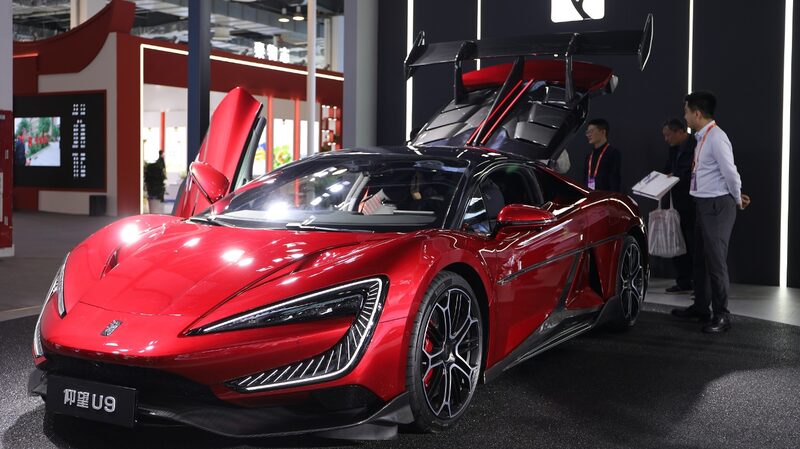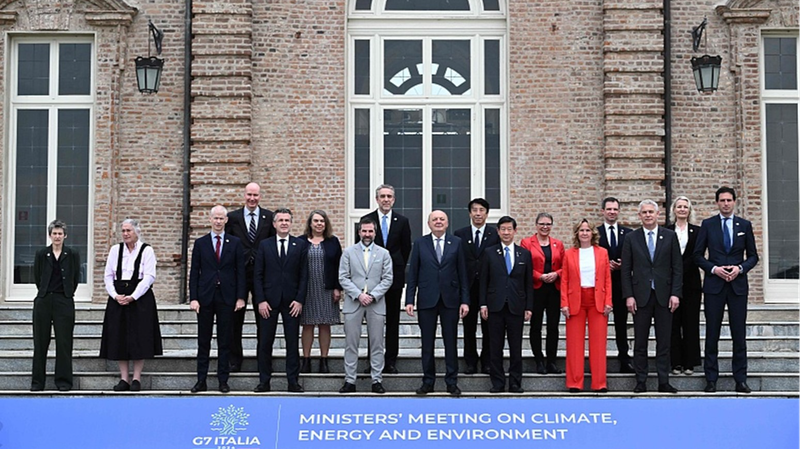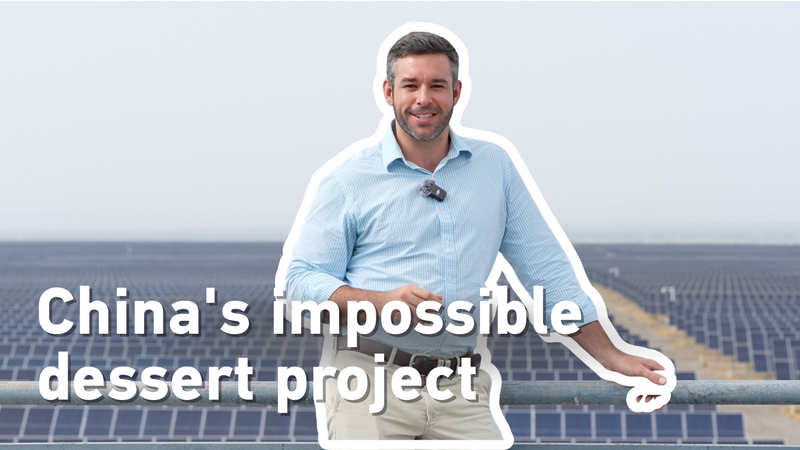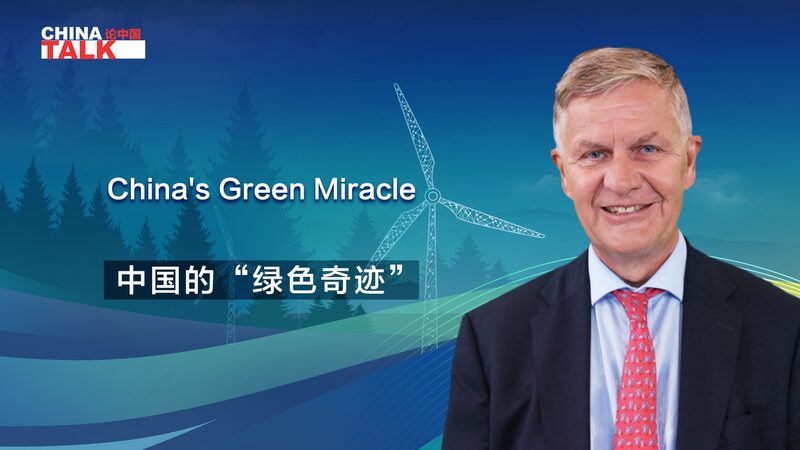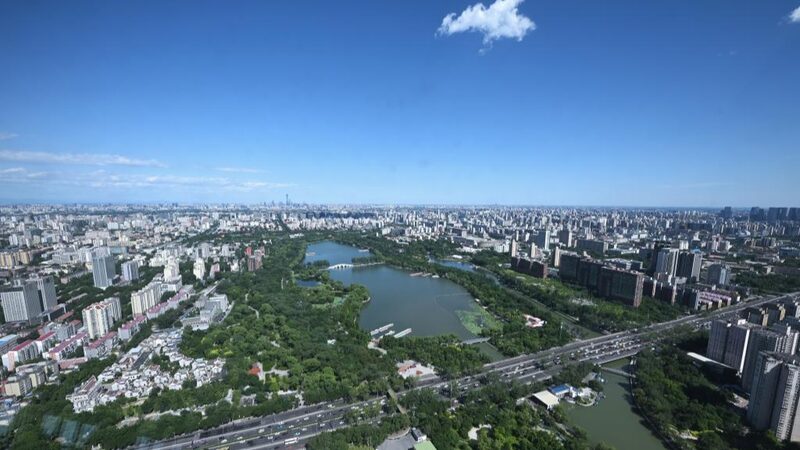As world leaders gather in Brazil for the 30th UN Climate Conference, China has spotlighted Inner Mongolia's renewable energy transformation as a blueprint for its national high-quality development strategy. The arid northern region – once reliant on coal – now hosts 40% of China's installed wind and solar capacity, powering 35 million homes annually.
"This demonstrates our commitment to turn climate pledges into measurable actions," stated Zhao Yingmin, China's Vice Minister of Ecology and Environment, during the conference's opening session. The region's shift has created 120,000 green tech jobs since 2020 while maintaining stable energy supplies to eastern industrial hubs.
Analysts note the model aligns with China's dual carbon goals: peaking emissions before 2030 and achieving carbon neutrality by 2060. Recent data shows non-fossil fuels now constitute 18.3% of China's energy mix, with Inner Mongolia contributing 21% of national green hydrogen production.
The transition comes as China strengthens climate cooperation with Global South nations, sharing smart grid technologies with 17 countries through its South-South Climate Cooperation Fund. With extreme weather costing Asia $80 billion annually, such initiatives underscore China's evolving role in sustainable development diplomacy.
Reference(s):
Inner Mongolia model explains China's shift to high-quality growth
cgtn.com

